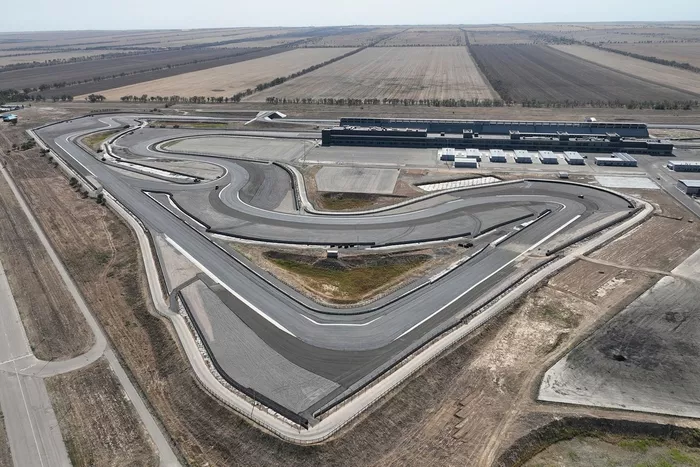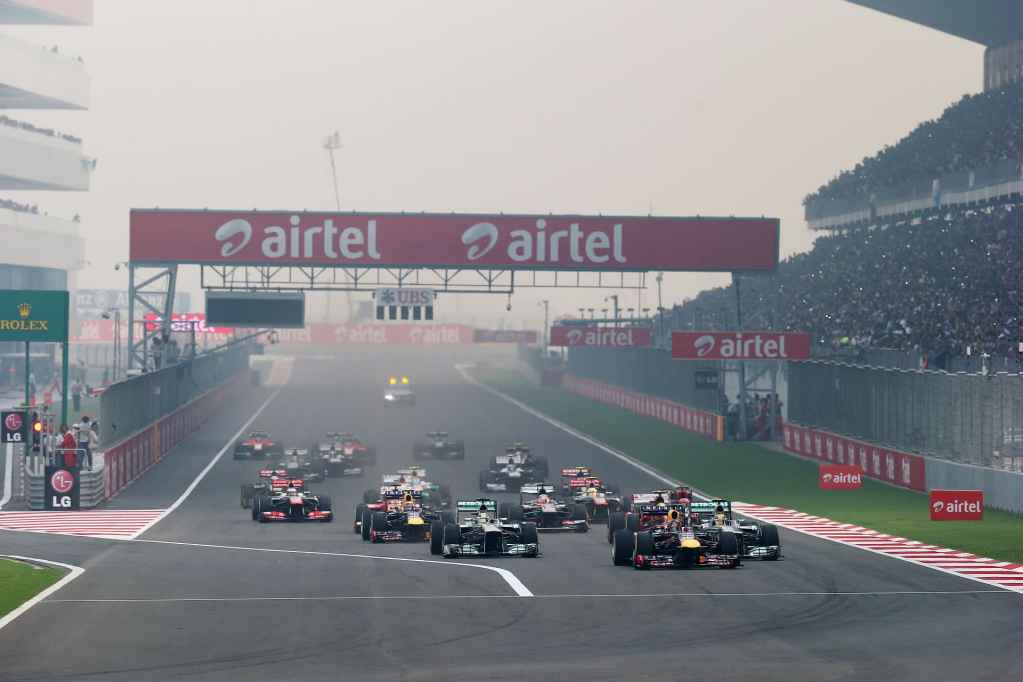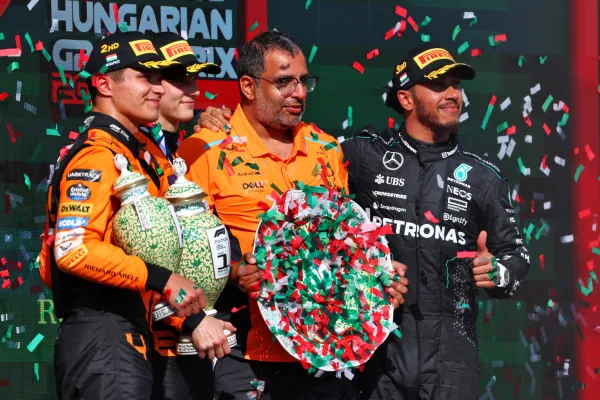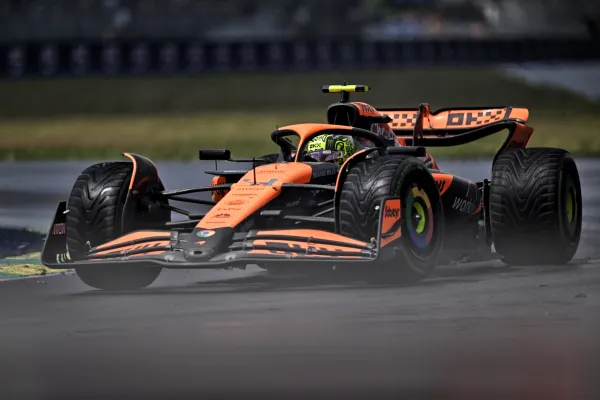Quantum Leap: How AI And Quantum Computing Are Turbocharging Formula 1’s Future
In the adrenaline-fueled realm of Formula 1 racing, where milliseconds can be the difference between winning and losing, teams are always on the lookout for that magic competitive advantage. Looking ahead to the future of this peak of motorsport, two next-generation technologies are shaping up to be game-changers: Artificial Intelligence (AI) and Quantum Computing. These groundbreaking technologies are not only optimizing performance on the track; they’re transforming every aspect of F1, from car design to race strategy, and even strengthening the sport’s cybersecurity defenses.
The AI Revolution in F1
Supercharging Car Design and Performance
AI is now an essential resource in the complex process of F1 car design and performance enhancement. Teams are utilizing machine learning programs to study vast quantities of data produced during race and testing sessions. The data, ranging from aerodynamics to tire wear, is crunched through to pull out patterns and lessons that were before beyond human understanding.
One of the greatest uses of AI in F1 is in the use of Computational Fluid Dynamics (CFD). Using the power of AI, teams are now able to simulate millions of airflow conditions around their cars, determining the most aerodynamically efficient configurations without the time and expense of conventional wind tunnel testing. Not only does this speed up the development cycle but also results in innovations that break the rules of car performance.
Real-Time Race Strategy Optimization
In a Grand Prix, each and every decision can be the difference between winning and losing. AI is transforming race strategy by giving teams predictive analytics that can predict how a race will go. These AI systems process historical data, real-time telemetry, and current race conditions to provide split-second advice on pit stop times, tire selection, and fuel management.
For example, McLaren has been leading the charge in using AI in their race strategy. They employ machine learning to run in-depth simulations of potential race conditions, allowing them to decide on optimal pit stop times and tire choices. This sort of analysis enables teams to fine-tune their strategies in real time, reacting to shifting track conditions or unforeseen circumstances with record speed.
Improving Driver Performance
AI’s application does not stop with the car but spills over into the cockpit. Groups are now applying AI to interpret driver biometrics and telemetry data to determine the performance and welfare of drivers13. This can be utilized to personalize training programs, refine driving strategies, and even foresee and prevent driver drowsiness for long races.
Additionally, AI-based simulators are giving drivers more realistic and difficult training grounds. The sophisticated simulators are capable of mimicking all sorts of racing scenarios, enabling drivers to practice and experiment with various strategies without the physical wear and tear of real track time.
Quantum Computing: The Next Frontier
While AI is already making waves in F1, quantum computing represents the next frontier of technological advancement in the sport. Although still in its early stages, the potential applications of quantum computing in F1 are nothing short of revolutionary.
Unlocking New Levels of Simulation
Quantum computing’s unprecedented processing power may take F1 simulations to a whole new frontier. While classical computers are bogged down by the complexity of full-car simulations, quantum computers can potentially simulate whole racing scenarios with unparalleled accuracy. This may bring about paradigm shifts in fields like aerodynamics, materials science, and energy efficiency.
Williams F1, for example, is already exploring the use of quantum computing to drive their digital transformation efforts. The team believes that hybrid systems incorporating quantum elements could be a reality within a couple of years, potentially giving them a significant advantage over competitors.
Improving Race Strategies
The optimization problems inherent in F1 racing strategy are well-tailored to quantum computing. Quantum algorithms might be able to scan through billions of variables at once—from weather conditions to tire wear rates—to find the best race strategy in real time.
Zapata Computing and Andretti Motorsports have partnered to investigate the potential for applying quantum methods to race analysis. One of the areas they’re working on is tire degradation analysis, an important aspect of race performance. With the use of quantum computing, teams might be able to forecast tire wear with unprecedented precision, which would result in more efficient pit stop strategies.
Strengthening Cybersecurity
As F1 becomes increasingly data-driven, the importance of robust cybersecurity measures cannot be overstated. Quantum computing offers promising solutions for enhancing data security in the sport. Quantum cryptography, for instance, could provide unbreakable encryption for sensitive team data, protecting valuable intellectual property from cyber threats.
The Intersection of AI and Quantum Computing
The real potential of these technologies is perhaps their coming together. As quantum computing develops, it may be able to greatly advance AI capabilities, resulting in far more advanced and powerful uses in F1.
Quantum Machine Learning
Quantum machine learning software can potentially handle and process data at rates many times faster than traditional AI systems. This would make possible more precise predictions and insights, further optimizing race tactics and vehicle design.
Solving Complex Optimization Problems
The union of quantum computing and AI may be able to solve some of the most challenging optimization problems in F1. From optimizing energy recovery systems to achieving the ideal balance between downforce and drag, these technologies combined could realize performance gains that are presently out of reach.
Challenges and Considerations
Although the uses of AI and quantum computing for F1 can be enormous, there are some challenges that have to be met:
Regulatory Compliance
With the increased usage of these technologies, F1 governing authorities will have to implement precise rules to ensure a level playing field. These rules will involve the use of data, the limits on simulations, and how much AI can be engaged in real-time decision-making processes during races.
Data Privacy and Security
As more depend on data and sophisticated computing, the teams need to make cybersecurity their top priority in order to safeguard valuable information. The TAG Heuer Porsche Formula E Team, for example, adopted cloud-native networking and security infrastructure in order to extend their control and adaptability in controlling data securely.
Ethical Considerations
As AI plays a greater role in decision-making, there are ethical issues to be resolved. For instance, how much independence should AI systems have in making life-or-death race decisions? Where do we establish the boundary between human expertise and technological support?
Technical Challenges
Quantum computing, though promising, is in its early stages. Issues like error correction, scalability, and the creation of useful quantum algorithms must be addressed before its full potential can be harnessed in F1.
The Future of F1: A Symbiosis of Human and Machine
As we see into the future, it’s evident that quantum computing and AI will increasingly have important roles to play in Formula 1. But it’s also worth mentioning that these technologies are not usurping human know-how but are enhancing it instead.
The future of F1 lies in the symbiosis between human intuition and machine intelligence. While AI and quantum computing will provide teams with unprecedented insights and capabilities, the human element—the skill of the drivers, the intuition of the engineers, and the split-second decisions of team principals—will remain crucial.
We can imagine a world where AI systems offer real-time strategic advice during a race, but it will be the team and driver’s decision on how to respond to that advice. Quantum simulations can uncover ideal car designs, but it will require human ingenuity and engineering expertise to realize those designs.
Conclusion
The combination of AI and quantum computing in Formula 1 is a new era for the sport. These technologies are not only improving current processes; they’re revolutionizing the way teams tackle every aspect of racing, from car design to race strategy.
As these technologies advance, we can look forward to even more thrilling innovations in F1. Maybe we’ll have AI co-pilots helping drivers make split-second decisions or quantum-powered simulations that can accurately predict the outcome of a race with near-perfect accuracy.
One thing is for sure: the future of Formula 1 will be defined by the constant dance between man and machine. As teams continue to test the limits of what’s achievable with AI and quantum computers, fans can expect even more exhilarating races, revolutionary innovations, and edge-of-your-seat finishes in the years ahead.
In this new age of F1, it is quite possible that the checkered flag is waved for the team that excels in the utilization of AI and quantum computing power, welcoming an age in which the winner is not only decided on the racing circuit but also in data and quantum fields.






















